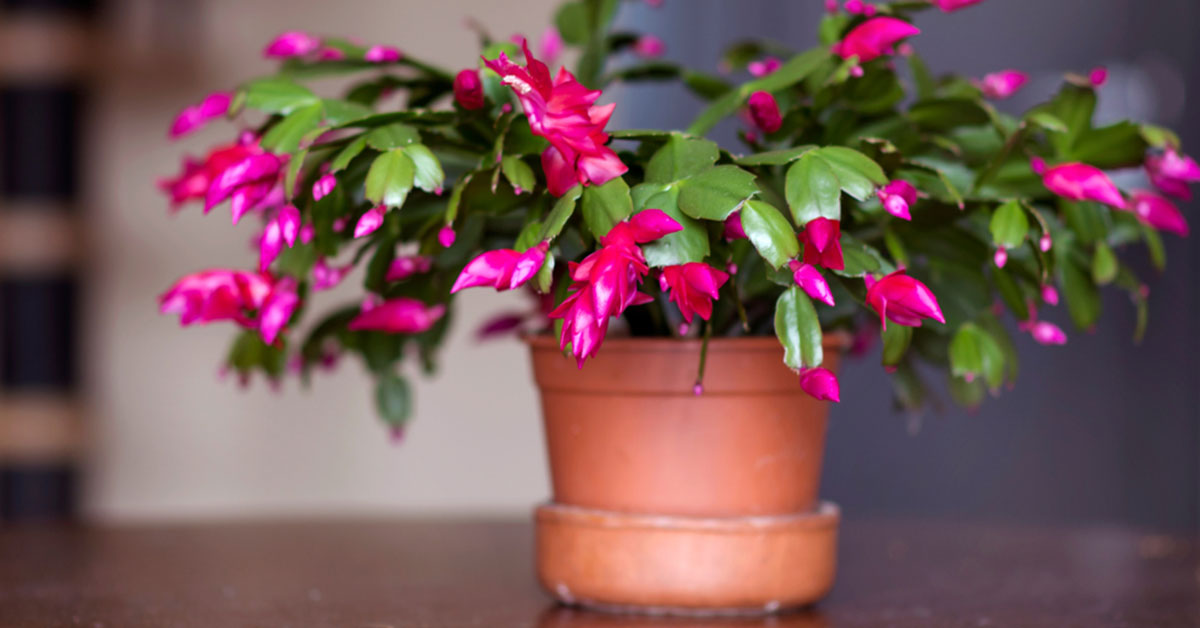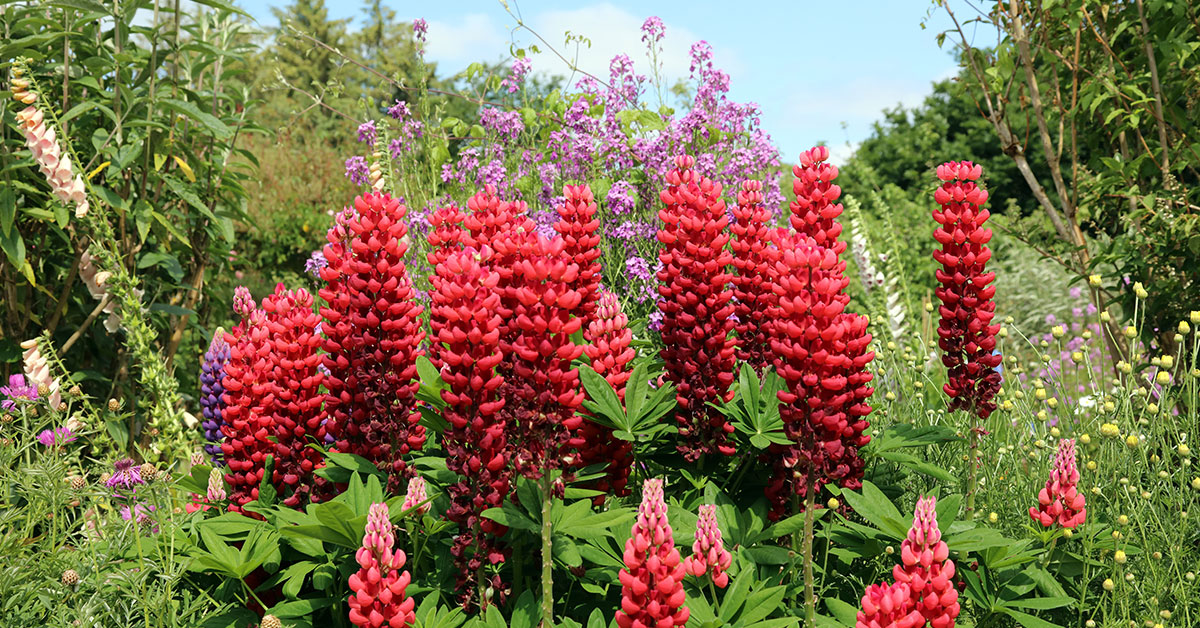If you’ve ever been stopped in your tracks by a dense, vine-like plant with dark green circular leaves and big red, yellow, and orange flowers, there’s a good chance you’ve laid eyes on a Nasturtium. This flower is one of my favorites – I can remember a time as a young man planting this flower with my mom in her garden. Today, it’s still one of my favorite flowers to grow.
What is Nasturtium?
Nasturtiums are bright flowering annual plants that grow edible flowers that have a slightly peppery flavor. They’re easily one of my favorite flowers to grow. Some fast Nasturtium facts:
- Latin name: Tropaeolum
- Other names: Indian cress,
- Native to: South and Central America
- Invasiveness: In warmer climates
- Tenderness: Annual
- Sun: Full, but can tolerate part shade
- Water: Once or twice weekly
- Soil: Sandy, neutral, well-draining soil
- Hardiness zone: 9-11
- When to plant: Early spring
- Spacing: 3 inches, thin to 12
- Plant height: 12-18 inches
- Bloom period: Summer to fall
- Container friendly: Yes
- Fertilizer: Not needed
- Toxicity: No
- Drought Resistant: Somewhat
- Deer resistant: Yes
- Pest resistant: Yes
Nasturtiums (Tropaeolum), also known as Indian cress, is a flower native to South and Central America. In hardiness zones under 9, it is an annual flower. It can be perennial in zones 9-11, but it may also be invasive in warmer climates. Plant with extreme caution if outside its native range.
This flower prefers sandy, neutral, well-draining soil, full sun, and a good watering once or twice per week. It should be planted in early spring 3 inches apart, then thinned to about 12 inches apart. It is container friendly and will bloom from summer to fall. The Nasturtium is not known to be toxic, and in fact its flowers are edible and have a peppery flavor.
Nasturtiums are deer and pest-resistant. Some gardeners claim that planting a nasturtium in your garden helps repel whiteflies, squash bugs, aphids, several beetles, and cabbage loopers, but I always take claims like these at face value. Super cool if they do, but don’t count on it.
Growing Nasturtium in containers
Nasturtiums do just fine when planted in a pot or container. You can plant seeds directly in the pot 1-2 weeks after your last frost date once the soil has reached at least 55 degrees Fahrenheit. If you’ve started your Nasturtium seeds indoors, transplant seedlings outside 1-2 weeks after your final spring frost.
When to start Nasturtium seeds
If you plant to start your Nasturtium seeds indoors, find your usual final frost date in the spring and plant seeds indoors 2-4 weeks before that date. Plant your seedlings in 3-inch pots about 1 inch under the soil. Soaking your seeds overnight tends to yield better results, and keeping the soil warm helps as well. Transplant outdoors 1-2 weeks after your final frost date. In total, your seedlings shouldn’t spend more than 4 weeks growing indoors.
How to harvest Nasturtium seeds
Harvesting and saving your Nasturtium seeds is extremely easy. Seeds are collected in late summer and early fall by pulling them from the vines, ideally before they drop. Once seeds have dropped, you can collect them from off the ground and store them in an envelope or a container. Ripe seeds will be tan in color. Seeds that have fallen from the vines are mature.
Wildlife attracted by Nasturtium
Nasturtiums are surprisingly often overlooked as a flower for pollinators. They’re beautiful for us to look at, but they are food for beneficial insects, like bumblebees and other pollinators. They also attract hummingbirds. Planting your Nasturtiums away from heavy traffic areas will encourage these birds and pollinators to visit your plants.
Common problems
Why are my Nasturtiums dying? Chances are, it’s a result of poor growing conditions. The soil may not be optimal, meaning they could need a touch of fertilizer. They are also at times susceptible to aphids and whiteflies, although some gardeners say they actually deter these pests. If your Nasturtium plants aren’t thriving, look to these as the likely culprits.













